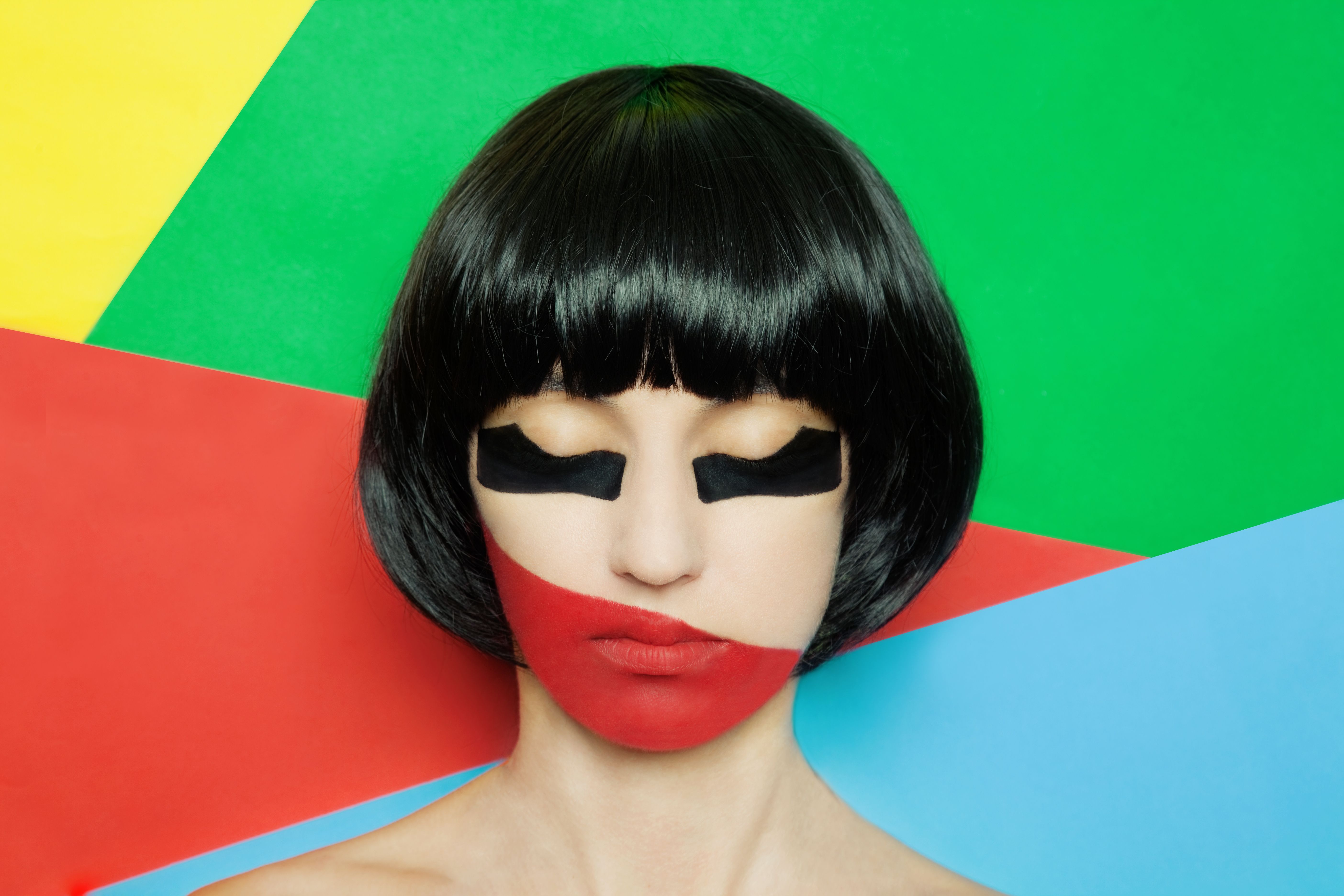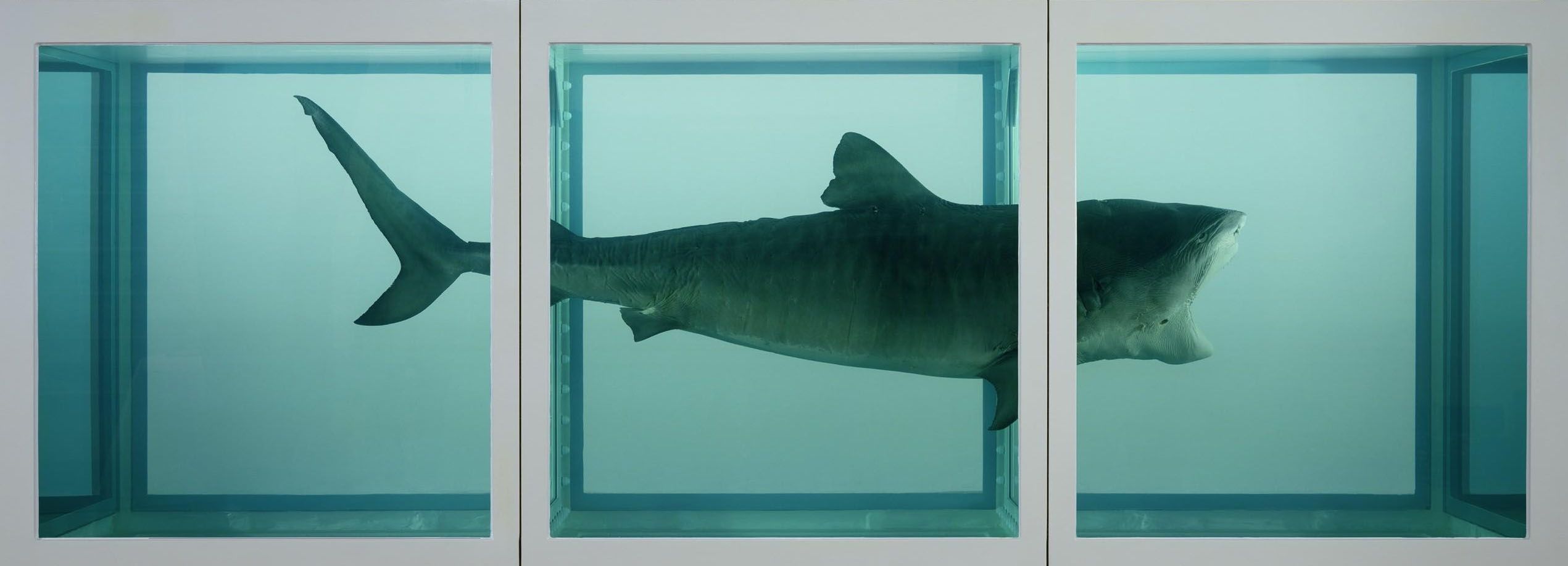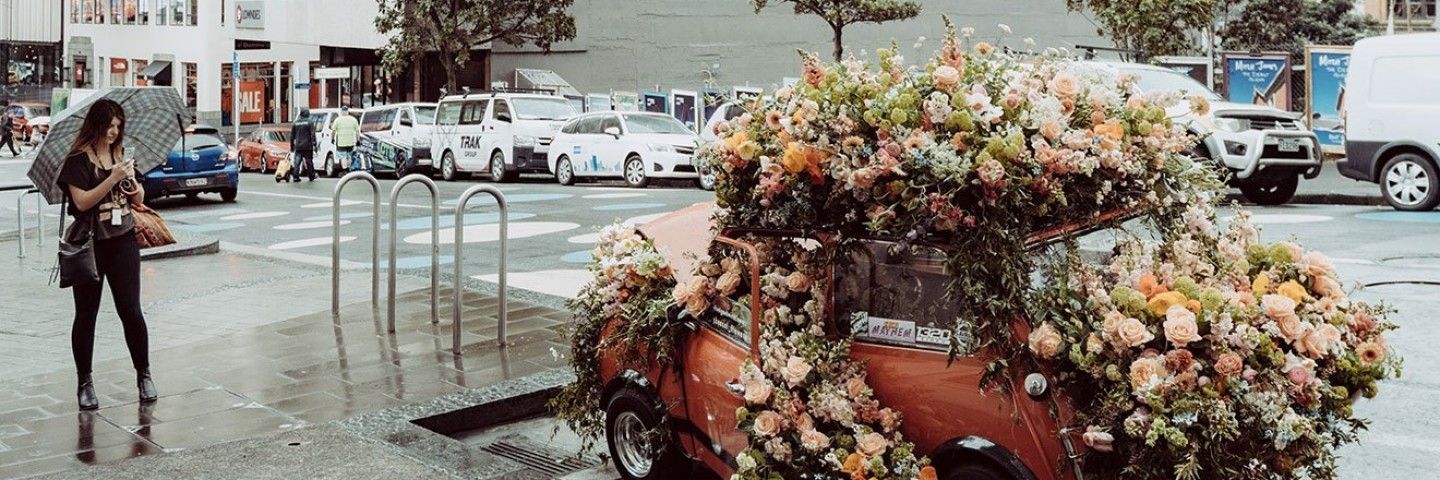Let's Get Weird - Ideas For Making Art Outside The Box
Need to break out of your normal creative routine? You're not alone - here are some examples of artists not afraid to push boundaries to inspire your next move.

Artists are known for bucking expectations - but even in the art world, where unique ideas are celebrated, there are often expectations around how these ideas should be expressed.
That’s why many artists have decided to make a name for themselves by creating art that doesn’t play by the rules.
No matter where you are in your artistic journey, there’s a lot of value in getting ‘bizarre’. For example, art made with unusual materials or composed in an unexpected way can create a deeper impact with viewers - who will be more likely to remember it. It can also push you out of your comfort zone and force you to think outside the box.
Whether you’re looking to create your next weird masterpiece - or haven’t yet found a style that’s right for you - these examples of boundary-pushing art will give you plenty of inspiration.
Art made from unusual materials

Some figures like notorious English artist Damien Hirst are famous (or infamous) for using completely out-there components to create their work; in Hirst’s case, this includes formaldehyde, pharmaceuticals and even dead animals.
While Hirst has often been controversial, others like Brazilian artist Vik Muniz use less shocking but still unusual materials. Muniz specialises in repurposing recycled materials of all types to build large pieces that stand out and have a positive environmental impact.
Recycled art is an exciting and growing movement with a low barrier for entry, as you can create something new just from your own trash.
Even pre-made objects can be completely transformed, or sometimes hardly transformed at all, such as the famous Fountain by Marcel Duchamp - a literal urinal that sparked a heated discussion lasting to this day around what can or can’t be considered art.
Art that embraces impermanence
Most of us want to leave our mark on the world.
The most obvious way to do this is to create something physical that stands the test of time. However, perhaps in part due to the age of the internet and how easy it is to document anything, it seems like more artists are embracing installations that can be moved or deconstructed.

The annual Park(ing) Day (above) held around the world and most recently on our shores in Wellington shows us how local creatives are running with this idea, as artists take up more than 30 parking spots in the city to make us think about how we use our public areas. Although the wide array of pieces must be taken down by the end, it creates an experience that just wouldn’t be the same in a gallery.
Performance art is also - by its nature - largely impermanent. This medium often involves a raw and direct connection with viewers and, since it generally hinges more on a person or persons rather than materials, there can be a greater challenge to create something that’s never been seen before - which draws many artists to it in the first place.
In Marina Abramović’s The Artist is Present, originally staged in 2010, Abramović sits silent and unmoving at a wooden table with a chair opposite her, as patrons are encouraged to sit quietly with her for as long as they’d like.
And that’s it.
The piece has since been revisited and examined many times, creating a legacy that defies its apparent simplicity and shows the true value in something that can only be experienced in the moment.
Art that involves the community
Similar to Park(ing) Day in Wellington, there are many events that - rather than being focussed around a singular artist - encourage community involvement.
Maori-led Mad Ave runs a number of community development initiatives along these lines. Their project The River Talks in 2016 involved a three-day hui encouraging local students to create art about what the Omaru river means to them, while raising awareness of the environmental damage and other issues imposed on the area.
If you’re not sure where to start with your own community project, it may be easiest to look for one of the many artists’ residencies on offer across New Zealand, or join a local group to get something started.
Working with a team like this can be a great way to build partnerships with fellow artists, continue to gain inspiration for future works and give back to the community all at once.
Art that doesn't play by the rules can be exciting and rewarding. By breaking free of expectations and exploring new ways to create, artists can find fresh inspiration for their work and connect with audiences and each other like never before.
So go ahead and get a little weird - you never know what kind of amazing art you might make next.